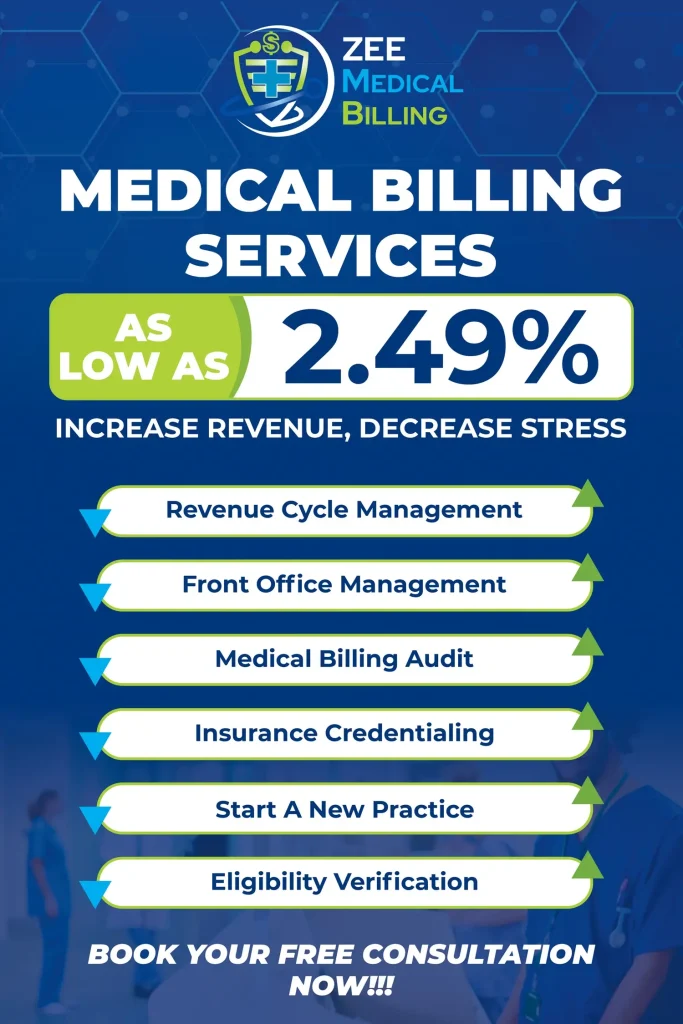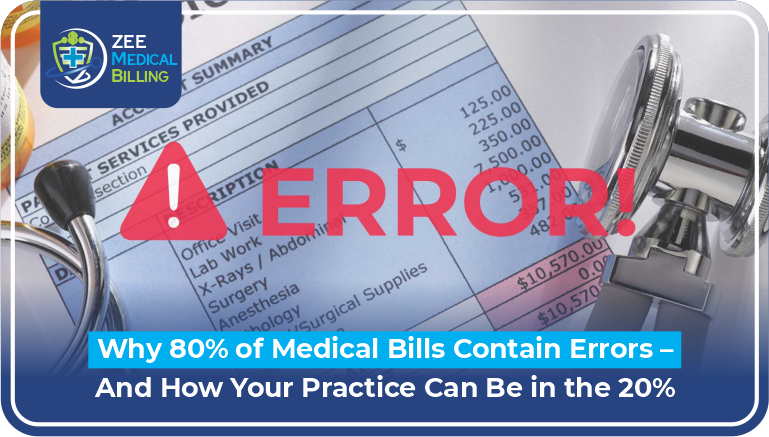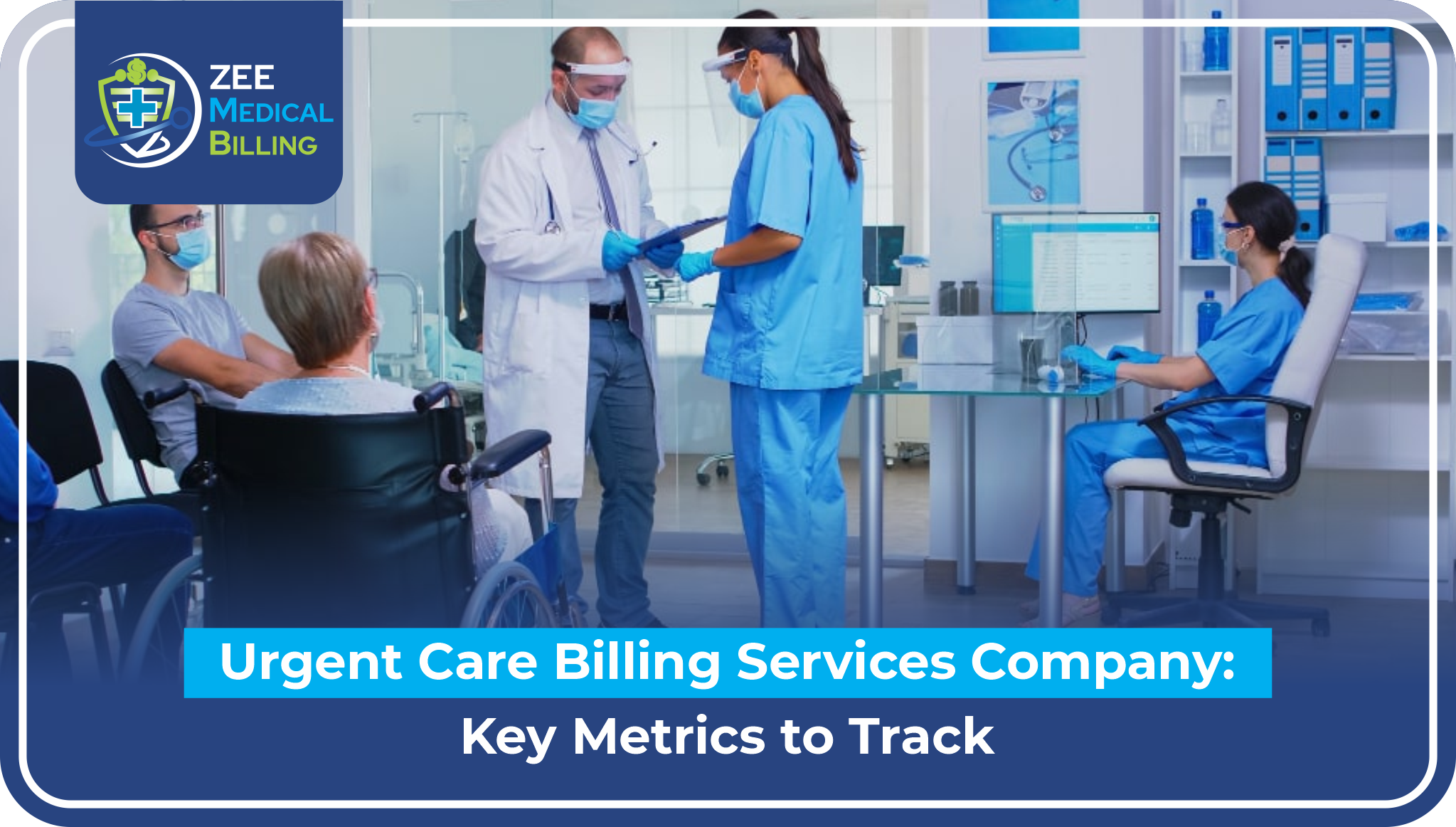Effective medical billing is fundamental for the financial health of healthcare providers. One of the biggest challenges in the billing system is guaranteeing clean claims—claims that are error-free and handled flawlessly without delays or denials. Submitting clean claims decreases income cycle disruptions and increments income. This guide will walk you through the steps to streamline clean claim submissions in medical billing.
Stage 1: Gather Exact Patient Data
The foundation of a claim starts with precise patient data collection. During the patient intake process:
- Confirm the patient’s complete name, date of birth, and contact data.
- Affirm insurance subtleties, including policy number and group number.
- Guarantee that demographic information matches the insurance records to prevent mismatches.
- Catch any secondary insurance details if applicable.
A little clerical error, like a misspelled name or incorrect insurance ID, can prompt claim rejections.
Read More: Essential Tips to Improve Claim Accuracy in Medical Billing
Stage 2: Verify Insurance Eligibility and Advantages
Before offering types of assistance, check the patient’s insurance coverage and advantages to avoid claim denials because of eligibility issues. Steps include:
- Checking the effective date and expiration date of the strategy.
- Deciding coverage limitations, co-pays, and deductibles.
- Affirming if prior authorization is expected for specific methods.
- Guaranteeing the supplier is in-network for the patient’s arrangement.
Numerous insurance payers offer online portals for real-time verification, decreasing manual efforts and expanding accuracy.
Stage 3: Acquire Important Pre-Authorizations
A few operations require pre-authorization from the insurance company before being performed. Not getting earlier approval when vital can bring about claim denial. To streamline this cycle:
- Recognize services that expect earlier approval because of the payer’s policies.
- Submit authorization requests with all necessary support documents.
- Follow up with the payer to affirm approval before continuing with the service.
Stage 4: Use The Right Medical Codes
Exact coding is basic to ensure clean cases. Medical claims require:
- CPT (Current Procedural Terminology) codes for systems.
- ICD-10 (International Classification of Diseases) codes for analysis.
- HCPCS (Healthcare Common Procedure Coding System) codes for services, supplies, and hardware.
- Modifiers when necessary to give extra details regarding the method.
To avoid coding errors:
- Remain updated with the most recent coding changes.
- Use coding software to reduce manual errors.
- Use confirmed coders or lead regular staff training.
Stage 5: Guarantee Legitimate Documentation
Supporting documentation is urgent for claim approvals. The documentation should:
- Clearly in need of strategy.
- Incorporate itemized supplier notes and symptomatic reports.
- Match the data submitted on the case structure.
Lack of proper documentation is a leading cause of claim denials, making it fundamental to keep up with efficient and complete medical records.
Stage 6: Submit Claims Electronically
Electronic claims submission is quicker, more effective, and less prone to errors compared with paper claims. Advantages of electronic claims submission include:
- Quicker handling and reduced turnaround time.
- Automated error checks before submission.
- Quick confirmation of claim receipt.
Numerous healthcare providers use clearinghouses to submit claims electronically, which helps in making mistakes before the case arrives at the payer.
Stage 7: Track and Monitor Claims
After submitting claims, tracking their status is important to guarantee timely payments. To manage claims effectively:
- Use medical billing software to monitor claim statuses.
- Follow up on pending claims to prevent unnecessary delays.
- Respond promptly to any claim rejections or requests for extra data.
Establishing a systematic follow-up so that claims do not go unpaid because of administrative oversights.
Stage 8: Handle Claim Denials and Appeals Effectively
Despite best efforts, a few cases might be denied. Having an organized structural denial management interaction recovers revenue rapidly. Steps to handle denials include:
- Analysing the reason for denial.
- Rectifying mistakes and resubmitting the case if important.
- Filling an appeal with extra supporting documentation if the claim is unfairly denied.
- Tracking a record of common reasons for denial and tending to them proactively in later cases.
Read More: Avoid Common Mistakes in Medicare Billing: Your Ultimate Checklist
Stage 9: Conduct Regular Audits and Staff Training
Constant improvement is key to keeping up with clean claim submissions. Directing regular interior reviews helps in recognizing common billing errors and areas for development. Furthermore:
- Train billing and coding staff in industry updates and compliance regulations.
- Implement quality control measures to limit claim errors.
- Use analytics to track claim rejection drifts and change processes as needed.
Stage 10: Stay Compliant with Regulatory Guidelines
Medical billing is governed by different guidelines, including HIPAA (Health Insurance Portability and Accountability Act) and payer-explicit approaches. To stay agreeable:
- Keep coding and billing rules set by CMS (Centres for Medical Care and Medicaid Services) and insurance payers.
- Protect patient information to keep up with HIPAA consistency.
- Update processes by industry changes to avoid compliance-related claim denials.


























